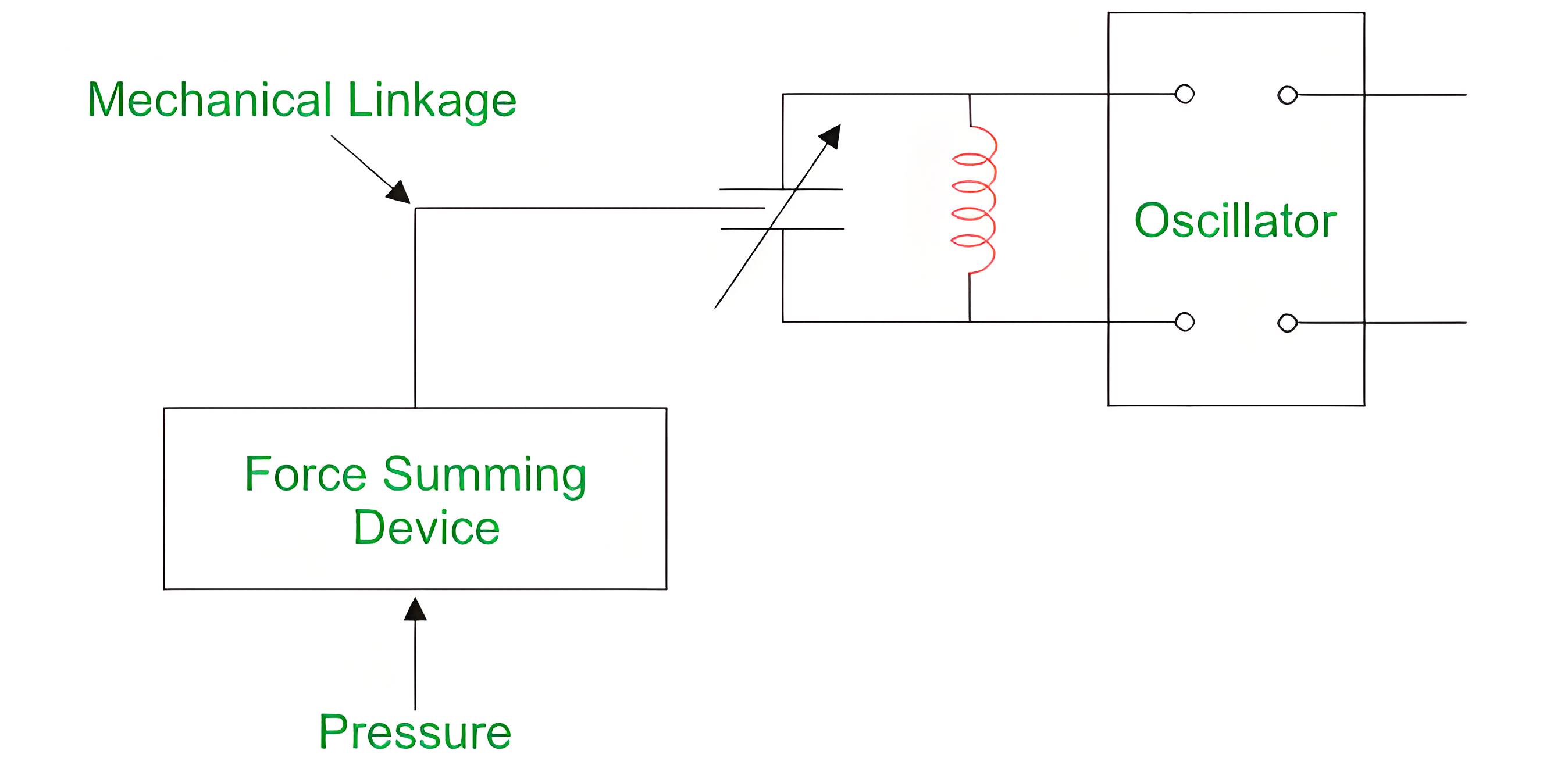What is an Oscillator Transducer?
What is an Oscillator Transducer?
Oscillator Transducer Definition
An oscillator transducer is a device that converts force, pressure, or displacement into a measurable voltage.
Constituent Part
Mechanical linkage
Oscillator
Frequency modulator
Force summing member
Working Principle
It operates by using pressure to change the capacitance in a capacitor, which alters the frequency of an oscillator.

Components
The key parts include a mechanical linkage, oscillator, frequency modulator, and force summing member.
Advantages
This transducer can measure both dynamic and static phenomena, making it versatile for different applications.
This transducer is very useful for telemetry applications.
Disadvantages
This transducer has very hunted temperature range.
It has a poor thermal stability.
It has a low accuracy and therefore is used only in low accuracy applications.
The Electricity Encyclopedia is dedicated to accelerating the dissemination and application of electricity knowledge and adding impetus to the development and innovation of the electricity industry.













